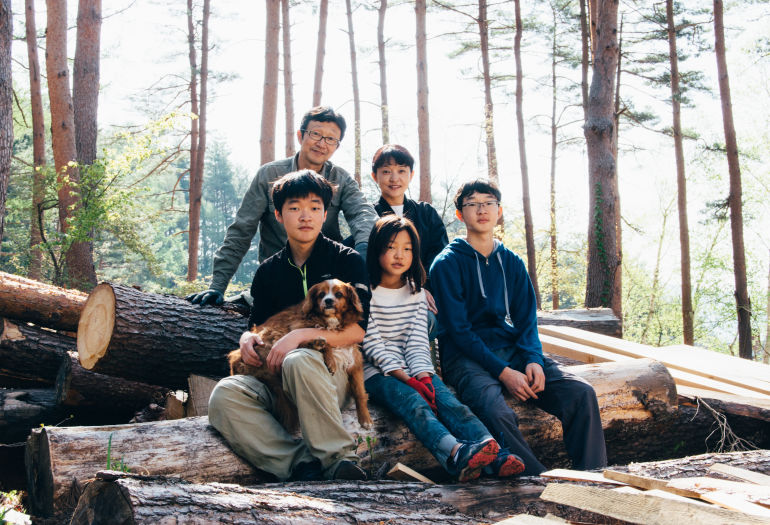At the base of Mt. Fuji in Japan, world-renowned woodworker Tak Yoshino creates custom, handcrafted chairs that promote proper and healthy posture through the practice of Zen. As a result of his chairs receiving worldwide acclaim and an increasing number of woodworkers learning Japanese carpentry from Tak, he is currently building a woodworking school with sustainably harvested timber from his own forest.
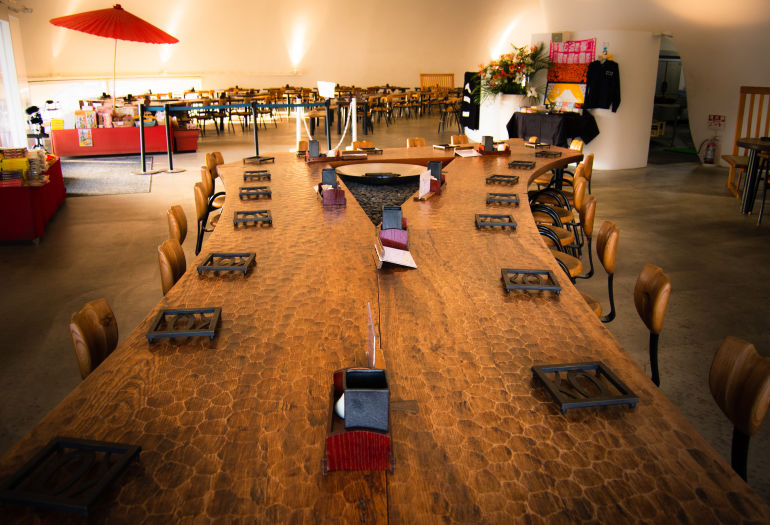
Zen Chairs and the Art of Woodworking
By Tak Yoshino
I was introduced to Zen through my wife’s disease and decided to create a chair that promotes Zen meditation. The chairs that I create for my clients makes the sitter aware of observing proper, healthy posture. I do not create chairs simply as an art, but so that my clients can become healthy once again by observing proper sitting posture with the heart of Zen.
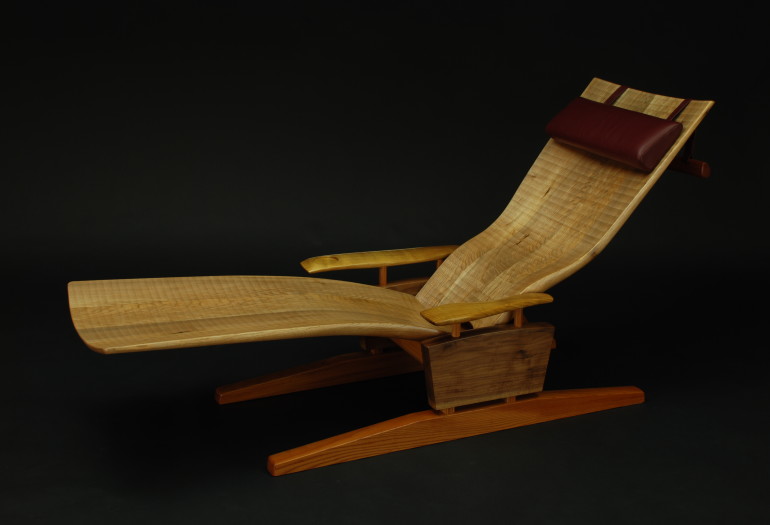
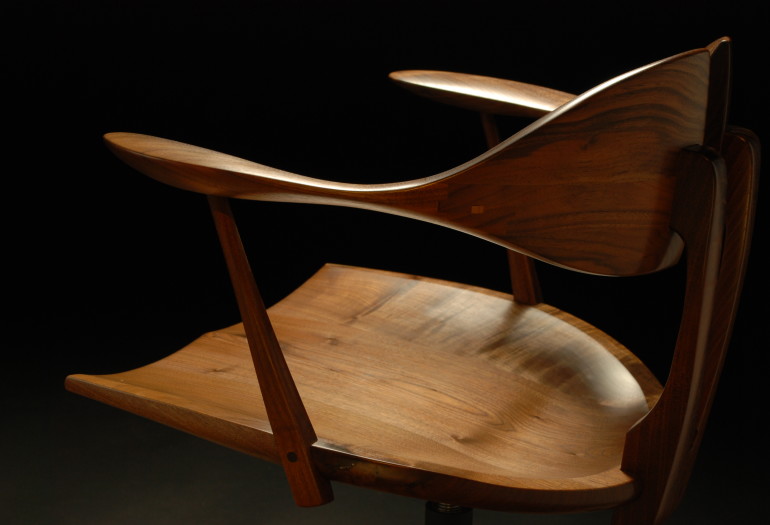
I make Zen chairs through my desire to share joy with others. I feel that there is a commonality between Zen and woodworking. The most important thing in Zen is to face yourself at the present moment. In woodworking as well, you focus on the sensations you feel from the vibrations and sounds coming from the blade when sharpening, and on how the tool is coming in contact with the whetstone, and you are not thinking about anything else. In this state you are, in essence, inside of nothing. I feel that this line of work is extremely similar to Zen, which is the world of nothingness.

If you then mix in something intentional or egoic, you end up not being able to execute your task effectively. In that sense, woodworking is extremely similar to Zen training and practice. Woodworking, which is the act of processing wood, is basically a harmony between the wood, the tools and yourself. But if you try to overpower the wood and self-centeredly believe that the design must be a certain way, then you completely lose that harmony and the end product does not turn out beautiful. I feel that the perfect balance between these three elements produce the greatest performance that produces the best, most beautiful woodwork.
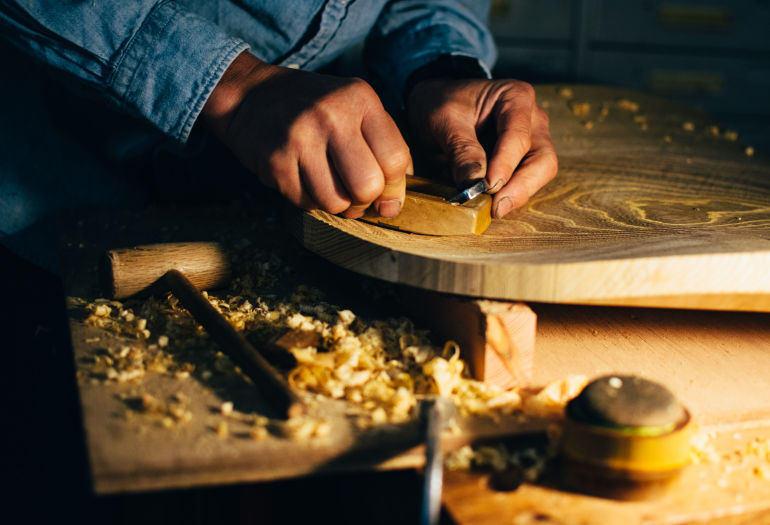
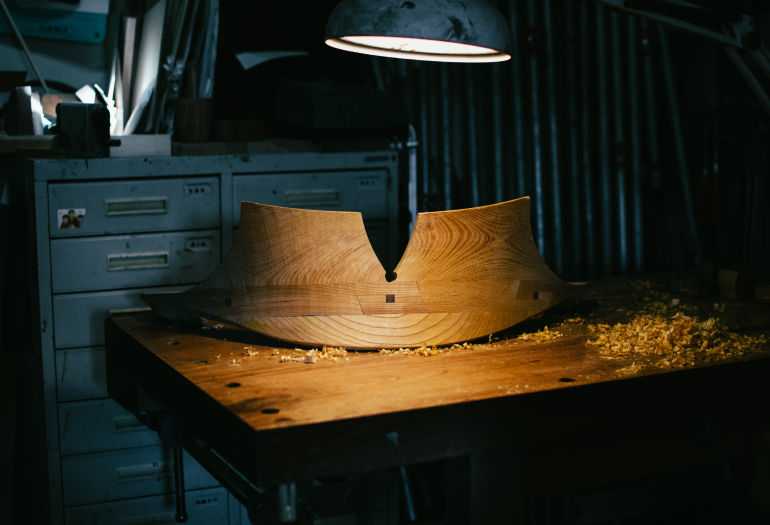
Teaching Japanese Carpentry to a New Generation
After I participated in the Furniture Society in 2014, various young foreign woodworkers started expressing interest in visiting my workshop to learn the art of Japanese carpentry. Since then, I have been offering short workshops that span two to three days about once a month to foreign visitors.
The number of foreign woodworkers wishing to learn the Japanese technology gradually kept increasing. From these reasons, I want to create a woodworking exchange center (Mt. Fuji School of Woodworking) where people from all over the world can come and interact by creating a new workshop using the 100 pillars and 100 beams that I extracted from my own forest.
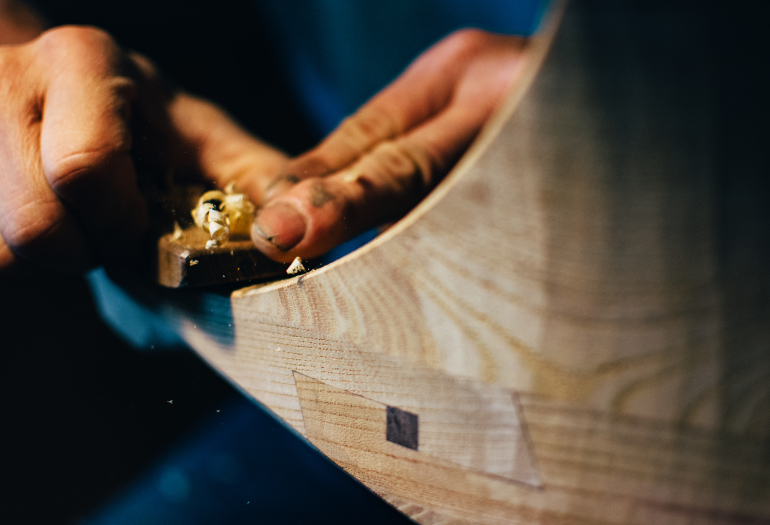
My ideal workshop is spacious without any pillars to create a wide, expansive work space. When there are pillars, the materials can easily bump into each other. A long beam is required to create such a space without any pillars. The big advantage I have is being able to create them from my own forest.
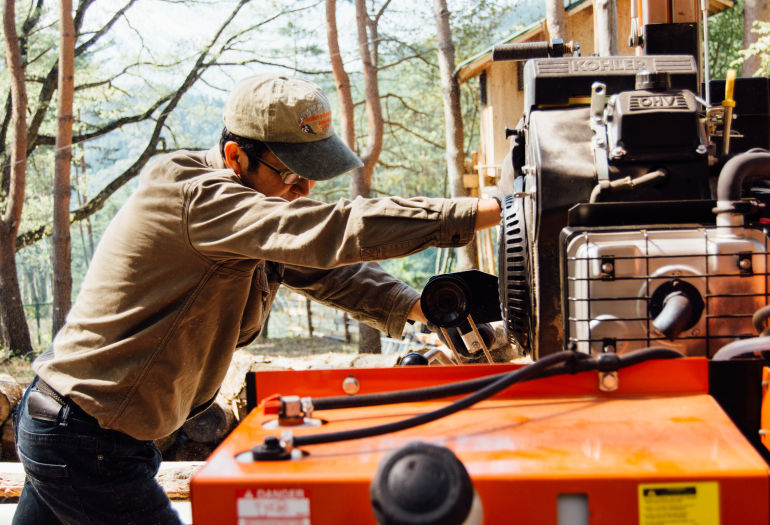
I have been using a Wood-Mizer LT15 portable sawmill. It is extremely compact and performs well. In Japanese lumber sawing, the sawmill machines are fixated, and instead the logs are moved. Its philosophy is completely the opposite of Wood-Mizer’s. Wood-Mizer’s philosophy entails moving light sawmill machines and fixate heavy logs. I was very surprised to find that such a simple system can saw up the logs.
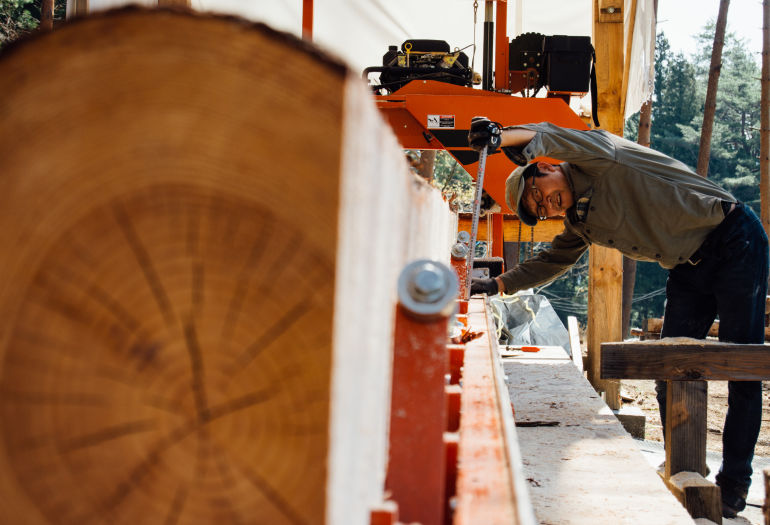
The Role of Sustainable Forestry in Woodworking
My forest was mostly left unattended for 70 years after the war had ended, so there were quite a lot of pine trees growing. Since there were too many pine trees, other types of trees were not able to grow. Therefore, my family and colleagues worked together to reduce the number of pine trees. By doing so, sunlight is now able to reach the forest floor, and buds of hardwoods that haven’t had a chance to see sunlight until now are now sprouting.
The Japanese forestry industry has been steadily declining, and the number of lumber producers has also been on the same trend. There were three lumber producers in our town before, but they are all gone now. As of now, you need to travel to a distant town one or two hours away to do some lumber sawing. With a Wood-Mizer sawmill, you can easily do it right on your own property.
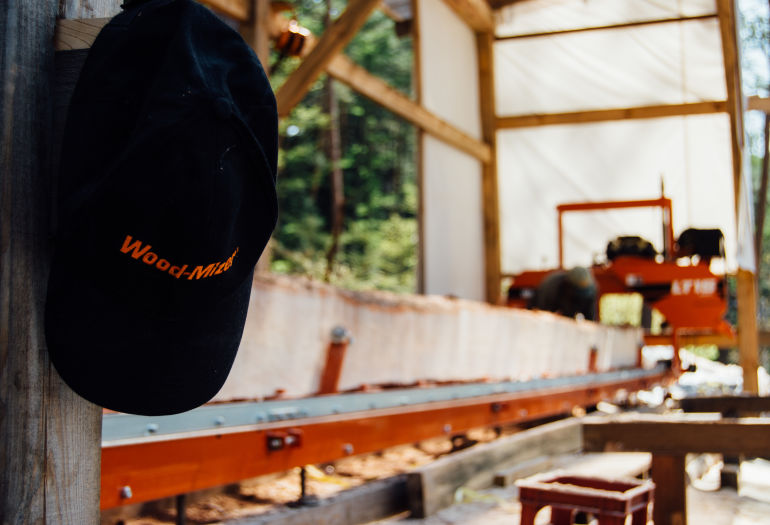
If it is too much for me to handle, I can simply share it with several other people, which will promote great use out of the trees in the region, and I believe that it would have a significant impact in sustaining the forest. My message to fellow woodworkers is that we, the woodworkers, should produce our craft by thoroughly understanding the forest, lumber, and furniture.
As the users of trees, we must first understand and learn about the forest. I feel that it is our mission to fulfill an intermediary role between the forest and clients by serving as their bridge, and having the clients understand the culture of trees, such as sustainability.
